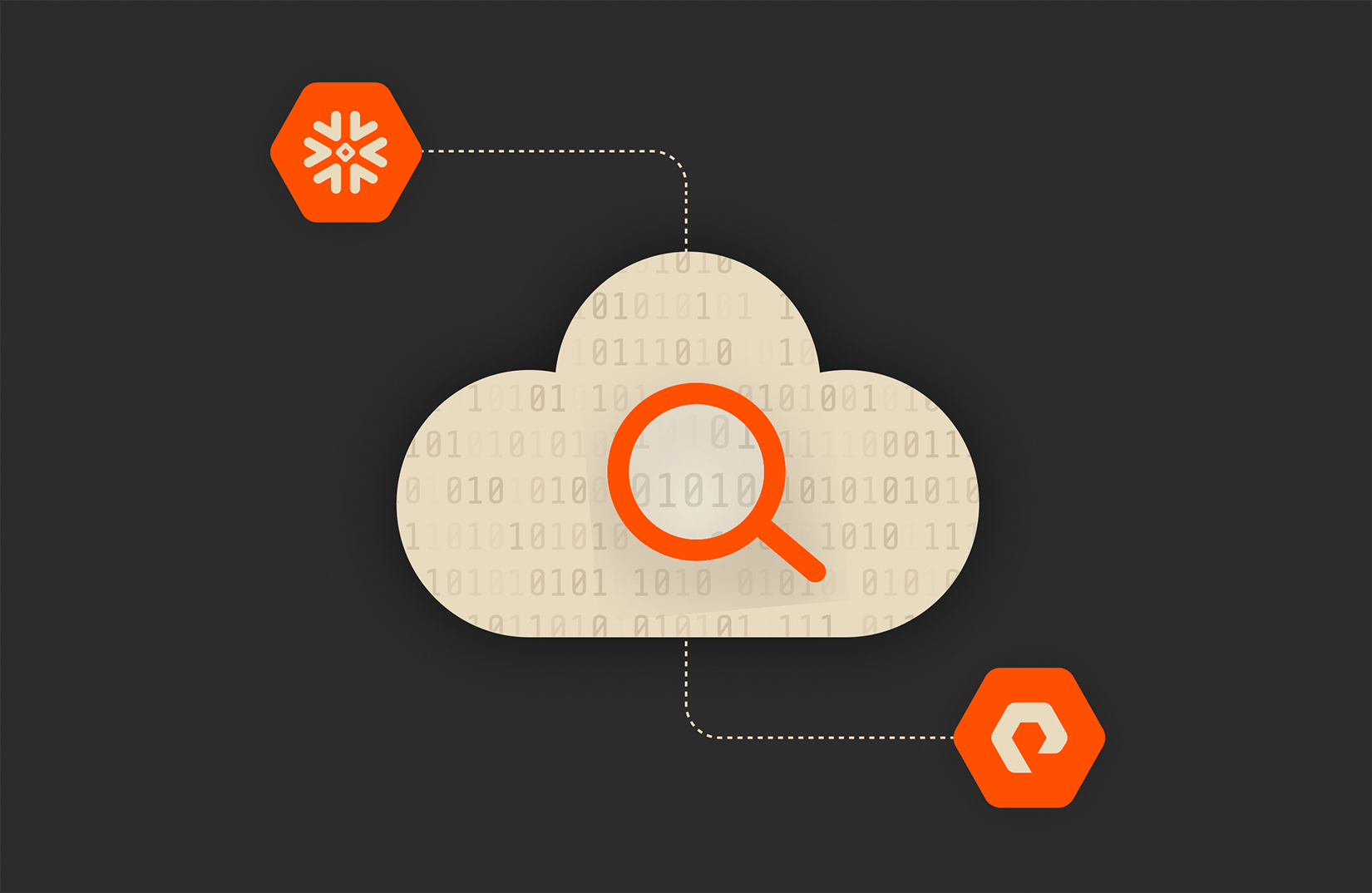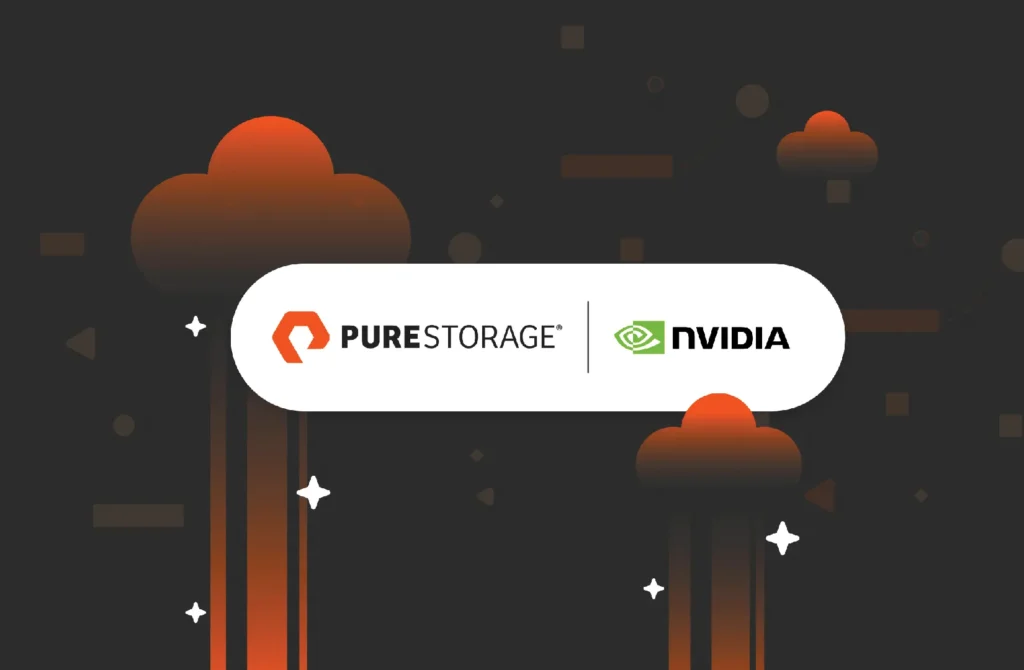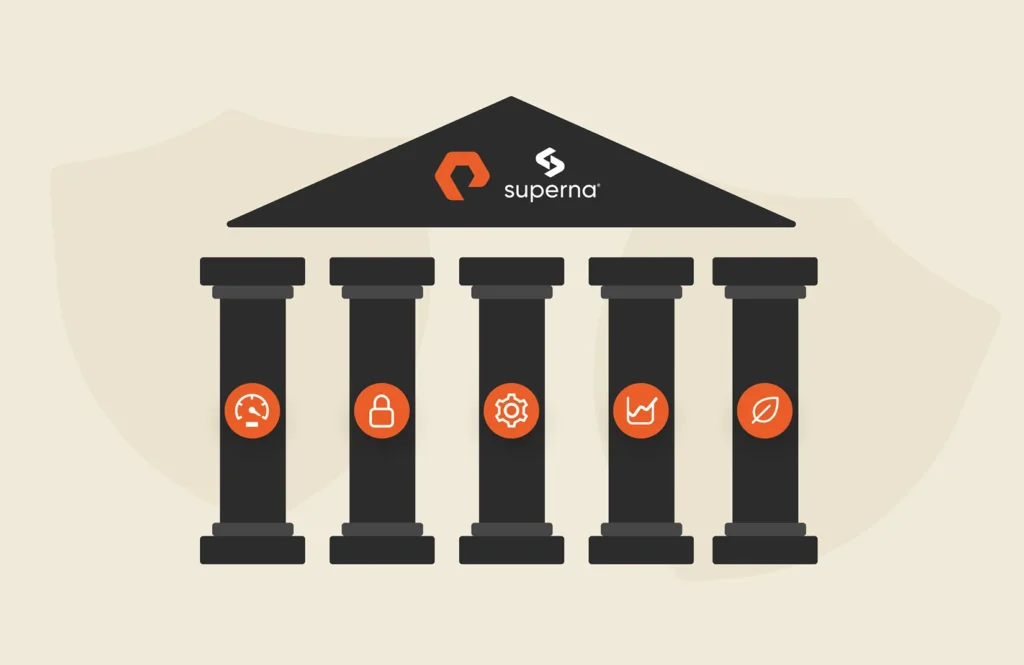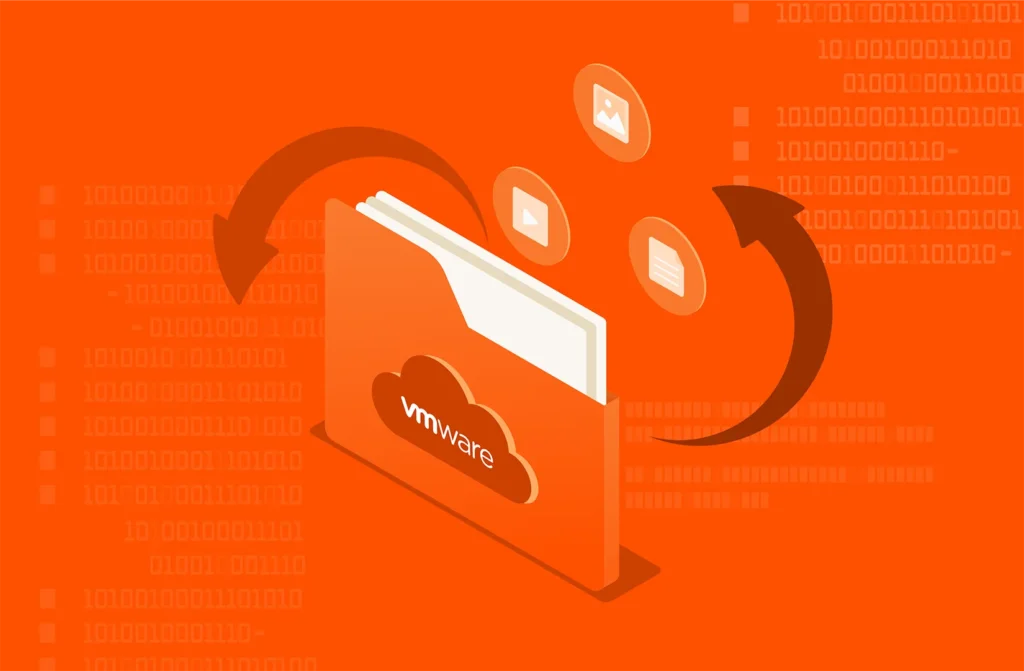Data is driving business growth, compelling organizations to adopt data-driven practices by enhancing their analytical capabilities.
Traditionally, data mining has been carried out using on-premises infrastructure. However, with the advent of cloud computing, modern analytics has shifted to the cloud, which allows organizations to leverage powerful computing resources and advanced analytics tools without the need for significant upfront investments.
A lot of analytics innovation has happened in the cloud, driving growth in data that now resides in the cloud—nearly 36% of data now lives in the public cloud, compared to 16% in 2018. That statistic does imply that a vast majority of data still resides on-prem either in customer data centers or in a co-location. The volume of data needing to stay out of the public cloud could be a sliding scale depending on the industry segment. Many industries, such as healthcare, finance, and government, have strict regulations regarding the storage and processing of sensitive data. These regulations often require data to be stored within specific geographic boundaries, making it difficult to fully embrace cloud-based analytics.

Modern Hybrid Cloud Solutions
Seamless Cloud Mobility
Unify cloud and on-premises infrastructure with a modern data platform.
Data Divided Can Be United
Snowflake Data Cloud and Pure Storage together provide a solution that addresses the challenge of data divided across hybrid environments. Snowflake Data Cloud is a cloud-based data platform that allows organizations to securely store, process, and analyze data. Pure Storage provides high-performance storage solutions that are purpose-built to meet the demands of modern analytics. By combining the power of Snowflake Data Cloud and Pure Storage, organizations can unlock the full potential of their data without moving their data to the cloud.
Until the announcement of Snowflake’s external tables support, all the data in Snowflake Data Cloud was stored and managed as part of the Snowflake database. With Snowflake external tables, the data can be stored in files on external storage. This allows customers to process data in place while making the data available to other applications inside their data centers/private cloud and meeting the data sovereignty requirements. Snowflake’s external table technology allows customers to get the best of both worlds and significantly optimizes the TCO of their data cloud implementations.
While the idea of external tables is not novel, the concept of allowing access to data stored on customer premises from a database engine running in a public cloud is unique. At this point, Snowflake supports data stored on S3-compatible storage arrays from a limited set of partners, which includes Pure Storage, and the support was made generally available at Snowflake Summit 2023.
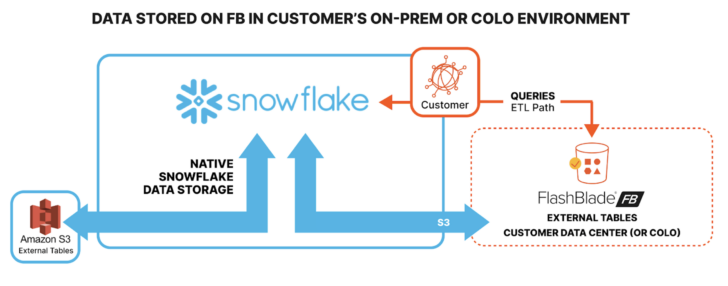
What Customers Get Out of This Joint Solution
By combining Snowflake Data Cloud and Pure Storage, customers can enjoy several benefits. Firstly, they can enable in-place analytics for on-premises data sources. This means that organizations can analyze data without having to move it to the cloud, ensuring compliance with data residency requirements.
Secondly, customers can easily make the data immediately accessible to Snowflake via external tables, then migrate the data into Snowflake-native storage as required to get faster time to value. Make your data accessible to many applications across disparate ecosystems by leveraging external storage and open data formats.
Thirdly, the solution offers multi-cloud support, allowing organizations to leverage different cloud providers such as AWS, Azure, and GCP. This flexibility ensures that businesses can choose the cloud platform that best suits their needs and avoid cloud lock-in.
Customers can consolidate their departments’ data into one evergreen data platform that’s securable by each department and also layer governance policies in Snowflake while gaining the ability to pay-as-you-go with Snowflake and pay-as-you-go or purchase outright storage from Pure Storage.
Lastly, the solution helps power AI and machine learning pipelines with the consolidated data platform that also hosts customers’ Snowflake data warehouse/lakehouse.
Conclusion
The problem of data growth requires innovative solutions. Snowflake Data Cloud and Pure Storage offer a compelling solution that enables organizations to mine data effectively while complying with data residency requirements. With in-place analytics, simplified data migration, multi-cloud support, and cost savings, customers can unlock the full potential of their data and drive business success.

A Dynamic Duo
Learn more about the partnership between Snowflake and Pure Storage.
